Did you know that over 70% of new dog parents forget at least one key puppy essential in the first month? That missing supply can mean extra stress for you—and discomfort for your pup. This comprehensive guide will help you avoid common pitfalls and ensure you’re equipped with each crucial item, from puppy food to training treats and everything in between. Let’s set you up for joyful pet parenting right from day one!
Why Focusing on Puppy Essentials Sets the Foundation for a Happy Puppy (Did you know over 70% of new dog parents cite missing one key supply in their first month?)
Focusing on the right puppy essentials isn’t just about a cute shopping spree—it’s the bedrock of your puppy’s future well-being and happiness. Missing even one vital item can disrupt routines, cause training hiccups, and leave your puppy feeling unsettled during their critical adjustment period. Take it from seasoned pet parents : when you anticipate all your puppy supplies, you’ll create a consistent, nurturing environment that helps your puppy bond, learn, and thrive.
Practical examples show how far this foundation goes. Imagine a puppy without a proper dog bed : restless nights make for cranky mornings and training setbacks. Or consider skipping puppy pads : accidents become routine, making housebreaking harder for both you and your new companion. With the right supplies, not only do you avoid such troubles, but you also boost your confidence as a new owner—leading to a smoother, happier transition for everyone involved.
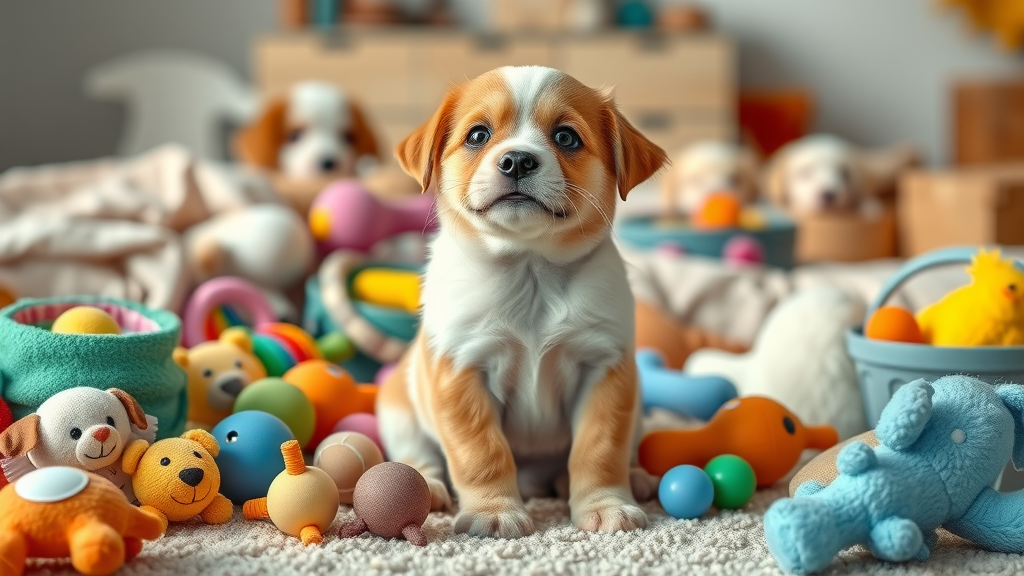
Comprehensive Overview of Puppy Essentials: Key Puppy Supplies Every Owner Needs
Whether you’re new to being a pet parent or simply want to refresh your checklist, knowing the core puppy essentials will help you cover all the bases. Each puppy is unique, but all need the fundamental comforts: nutritional puppy food , a comfortable dog bed , an appropriate play pen , house-training aids like puppy pads , and a variety of toys that promote healthy development.
Beyond the basics, seasoned dog owners also recommend key extras—such as a portable water bottle for walks, ID tags for safety, and poop bags for responsible outings. Prioritizing these items early helps prevent costly, stressful mistakes and ensures your furry friend feels secure every step of the way. From grooming to play, this guide will cover each must-have so you never forget a thing.
| Puppy Essential | Purpose/Benefit | Expert Tip |
|---|---|---|
| Puppy Food & Bowls | Balanced nutrition & hydration | Choose age-appropriate formulas and non-slip bowls |
| Dog Bed | Comfortable sleeping area | Opt for a machine-washable, supportive bed |
| Play Pen | Safe contained space | Ensure it’s large enough for play and rest |
| Puppy Pads | House training aid | Place near but not inside the sleeping area |
| Dog Toy & Teething Toy | Mental stimulation, healthy teeth | Rotate toys and offer teething-safe options |
| Training Treats | Positive reinforcement | Use small, soft treats for early training |
| Water Bottle | Hydration on walks | Pick a leak-proof, easy-to-use design |
| ID Tags | Safety & identification | Include phone & address on tag |
| Poop Bags | Clean, responsible outings | Keep a dispenser clipped to your leash |
| Dental Care & Grooming Tools | Oral health, shedding control | Start gentle brushing early for good habits |
- Practical puppy essentials for daily life
- Recommended puppy supplies from experienced pet parents
- Expert tips for keeping pups happy, healthy, and well-adjusted
Puppy Food Choices: Selecting Nutritional Puppy Essentials for Optimal Growth
Selecting the right puppy food is one of the most critical decisions for your pup’s health and future growth. Not all dog foods are created equal—puppies require more calories, specific nutrients for developing puppy teeth , and easily digestible ingredients. Age-appropriate puppy food provides the proteins, healthy fats, vitamins, and minerals your energetic companion needs to grow into a strong, balanced adult dog .
Be sure to pick high-quality brands that list real meat as the first ingredient and avoid excessive fillers or artificial additives. Many veterinary experts recommend a trial approach; see which formula your puppy likes and observe their energy level, coat shine, and stool consistency. Ask your vet for advice if your puppy has sensitivities or a sensitive stomach—sometimes a specialized formula is a good option . Keeping a couple of dog bowls spotless and full is the simplest way to support a thriving, happy pet.
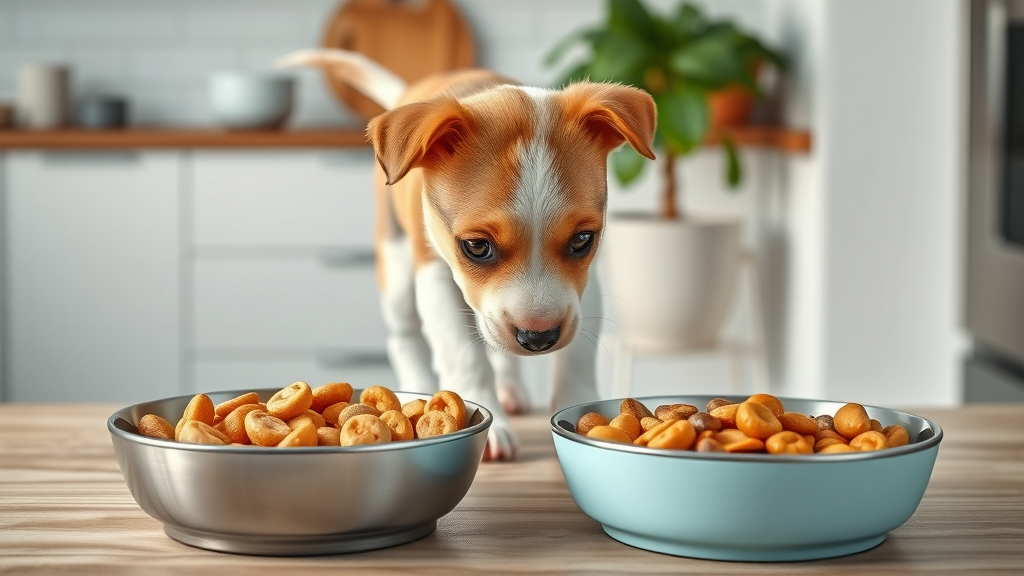
Comparing Wet vs Dry Puppy Food: Which Puppy Essentials Support Better Health?
The choice between wet and dry puppy food often stumps new owners. Wet puppy food tends to be highly palatable for picky eaters, offers extra hydration, and can be a good idea for very young pups or those with dental issues. However, it’s more perishable, may cost more, and can contribute to quicker tartar buildup on puppy teeth . On the other hand, dry puppy food is practical, encourages chewing (which supports dental care ), and is easier to store and measure.
Health experts suggest a mix or transition strategy: start with wet or softened food for baby puppies, then gradually introduce high-quality dry kibble as puppy teeth develop. Always read labels closely, looking for products tailored specifically to a puppy’s age and breed size, ensuring they contain the right balance of nutrients and avoid common allergens.
How Often Should You Feed Your Puppy? Feeding Schedules as Puppy Essentials
Establishing a steady feeding schedule is a true puppy essential. Most young puppies (up to 12 weeks) need 3-4 small meals a day , gradually reducing to two as they near adulthood. Consistency helps their digestive system, teaches routine, and can even aid in house training .
Use the same area and dog bowls for every meal, helping your puppy associate routines with positive experiences. Always provide fresh water—consider a water bottle at home and outdoors—to support optimum hydration. Monitoring food intake is key, too, as portion control prevents obesity and ensures healthy, steady growth.
Dog Bed, Play Pen, and Puppy Home: Creating a Safe Space with the Right Puppy Essentials
Your puppy’s environment will shape their confidence, safety, and emotional health. The right dog bed offers vital support for growing bodies and signals where your pup can truly relax. It forms part of the broader “ puppy home ”—a mix of play pen , bedding, toys, and a clearly defined area free of hazards.
Creating a “puppy zone” is a good idea for both you and your pet. A dedicated play pen keeps energetic explorers clear of household dangers while you’re occupied. Properly chosen, these puppy supplies mean your pet can nap soundly, play safely, and always feel secure, even when you’re not right beside them.
Puppy Bed Comfort: Finding the Ideal Dog Bed for Growing Puppies
Not all dog beds are created equal. Puppies benefit most from beds that provide ample support for growing joints and muscles—look for orthopedic foam, easy-to-clean covers, and materials tough enough to withstand a few curious chews. Place the bed in a quiet, draft-free corner and use it consistently for naps so your puppy learns this is their sleeping area.
In cooler seasons, plush beds with raised rims help with warmth and security, while summer-friendly beds promote breathability. If your puppy outgrows their first bed, transition gradually to avoid disrupting sleep routines. Always wash bedding frequently; a clean dog bed promotes good health and helps keep that new-puppy smell fresh!
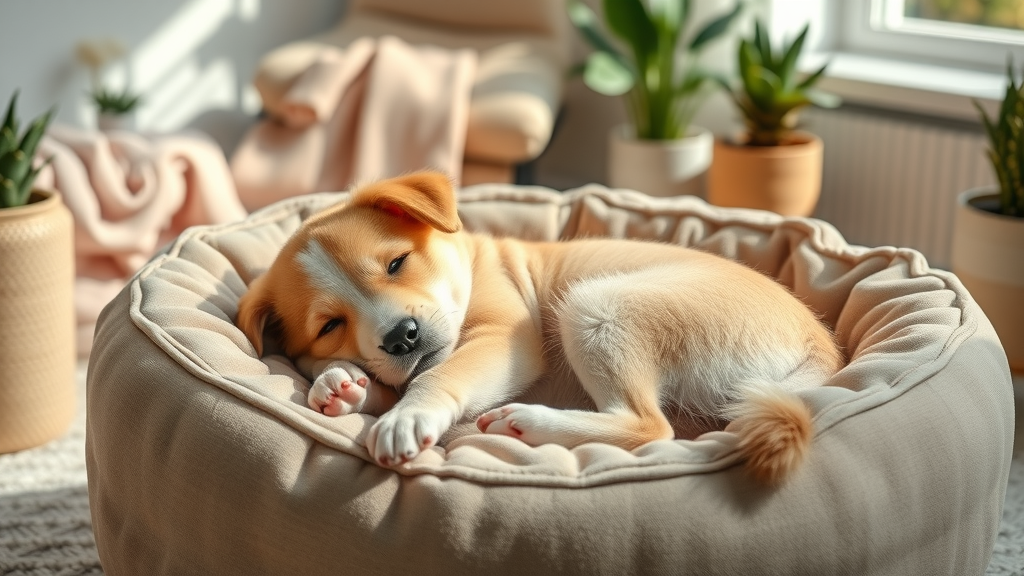
Setting Up a Play Pen and Puppy Space: Puppy Home Safety Essentials
A sturdy play pen helps carve out a designated “puppy home” zone in your living space. The ideal play pen has enough room for a dog bed , a few dog toys , and food and water bowls—making it your puppy’s safe haven. Puppies are natural explorers, but until they’re fully trained, contained spaces prevent messes and minimize risks from electrical cords, choking hazards, and other household dangers.
Be sure to puppy-proof the area: keep small objects, cleaning products, and fragile items out of reach. Transition your puppy out of the pen for short, supervised periods as they grow; this supports healthy independence while maintaining boundaries needed for a happy, secure pup.
Key Puppy Supplies for Training: Puppy Pads, Training Treats, and Essential Methods
Early training sets the stage for lifelong good behavior and confident pets. Crucial puppy supplies for this phase include absorbent puppy pads , irresistible training treats , and positive reinforcement techniques suited to your puppy’s unique temperament. Housebreaking, crate training, and basic cues all begin right here, making these supplies true puppy essentials.
Consistency is the cornerstone of training your puppy . Use clear, simple signals; reward success promptly, and celebrate even small milestones. Choosing the right rewards, surfaces, and schedules keeps things stress-free for both of you.
Using Puppy Pads for Early Training Success: Clean Home Puppy Essentials
House-training can seem daunting, but puppy pads (also called potty pads ) are your secret weapon for clean floors and happy habits. Introduce pads in the same spot daily—ideally away from sleeping and eating areas—and gently guide your pup to use them after meals, play, and naps. Early success builds positive associations, making eventual outdoor training easier.
When choosing puppy pads , opt for ultra-absorbent, leak-resistant options. Some even feature attractant scents to guide your pup. Replace pads frequently to maintain hygiene; praise your puppy for using them to reinforce good routines. Remember, patience is key—accidents are part of learning, not a setback.
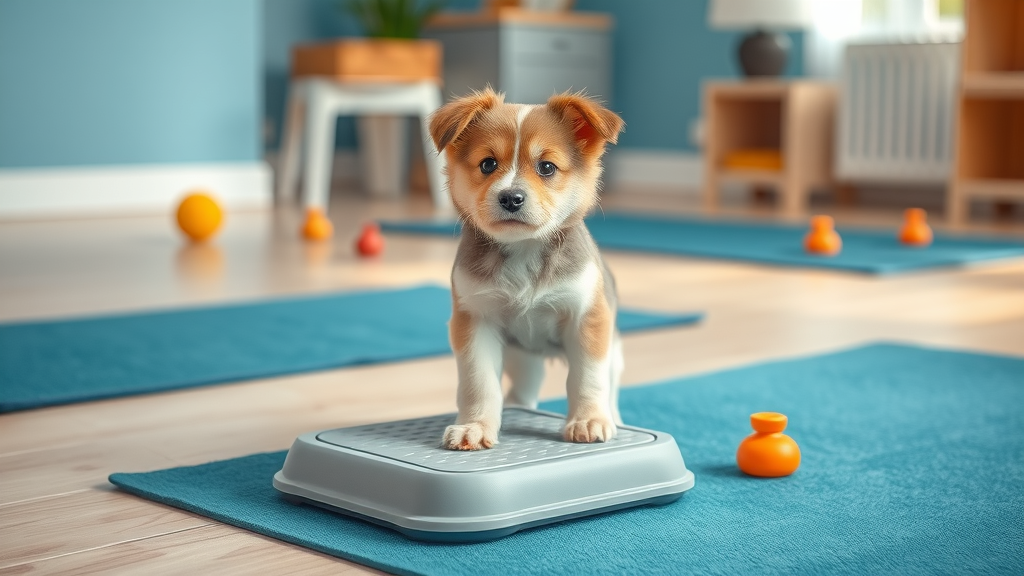
Training Treats for Positive Reinforcement: Foundational Puppy Supplies
The cornerstone of training your puppy is positive reinforcement, and nothing is more motivating for a young pup than tasty training treats . Select small, soft treats that can be offered quickly during a lesson and won’t fill your puppy up or upset their stomach. Training treats should be healthy, low in fillers, and easy to break apart for rapid, repetitive rewards.
Always pair treats with enthusiastic verbal praise to help your puppy associate good behavior with both food and affection. Use treats during housebreaking, socialization, crate training, and teaching basic cues like “sit” and “stay.” Over time, transition to random rewards as your puppy masters new skills, preventing treat dependency and encouraging more consistent obedience.
Vital Puppy Essentials for On-the-Go: Water Bottle, ID Tags, and Poop Bags
Outings and walks are more fun—and less stressful—when you pack the right puppy essentials . Not only will you encourage socialization and healthy exercise, but you’ll also meet key safety and hygiene needs of your growing pup. The must-haves? A portable water bottle to prevent dehydration, durable ID tags for safety, and a convenient stash of poop bags for responsible pet parenting.
These pet supplies ensure your puppy is always cared for in public, reflect well on you as a courtesy to others, and prepare you for unexpected moments. Never leave home without them!
Choosing the Best Water Bottle for Puppies on Walks
Hydration is one of the most overlooked puppy essentials , especially during play or hot weather. A portable water bottle with a built-in bowl design makes it easy to offer sips during walks, hikes, or trips to the dog park. Look for bottles that are leak-proof, lightweight, and easy to clean—your puppy should be able to drink easily, even if they’re distracted or excited.
Some pet parents prefer bottles with filtration features or measurements, so you can accurately track water intake and keep things hygienic. Try introducing the bottle at home first, so your puppy recognizes and feels comfortable with it in new environments.
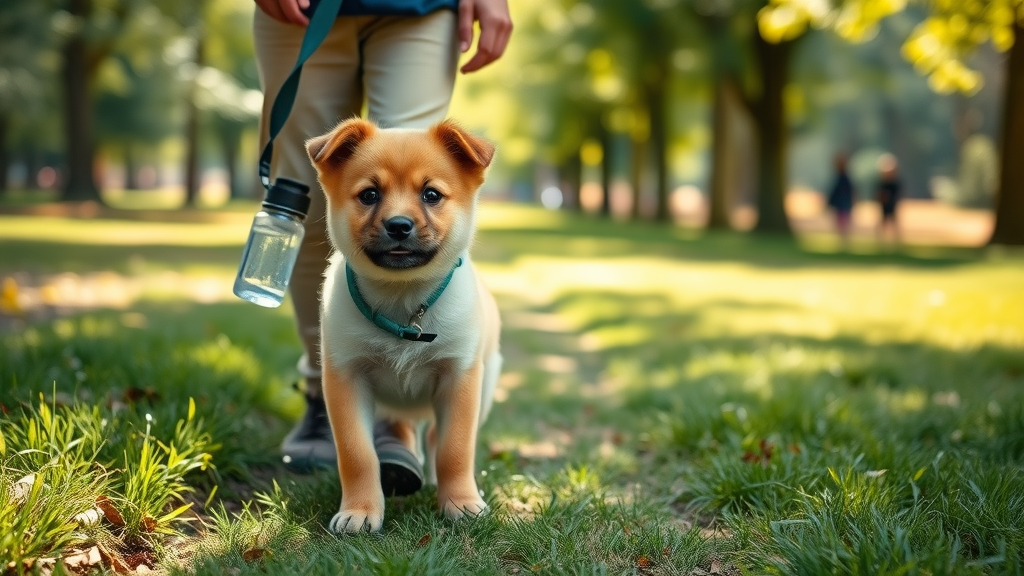
Poop Bags & Responsible Pet Parenting: Why They’re Core Puppy Essentials
Using poop bags is a non-negotiable part of responsible pet parenting and key to maintaining clean, welcoming spaces for all. Always carry biodegradable, easy-tie poop bags attached to your leash or in a dedicated pouch—you never know when your puppy will need a pit stop!
Beyond hygiene, picking up promptly reduces disease transmission and shows respect for your community. Consider it a core part of your puppy essentials kit ; stash extra bags everywhere—car, pockets, and by the door—so you’re never caught short on a walk.
ID Tags: Protecting Your Pup with Crucial Puppy Supplies
ID tags are a true must-have for every new dog parent. Even with microchipping, visible ID tags on your puppy’s collar offer immediate contact details if they slip away or wander during early walks. Be sure the tag is lightweight, legible, and up-to-date with your phone number and address.
Many tags can be customized with microchip information as well. Update your puppy’s ID tag info anytime you move or change contact details—a small step for big peace of mind.
Fun and Comfort Puppy Essentials: Dog Toy, Teething Toy, and Chew Alternatives
Puppies are energetic, curious, and always ready to chew! Rotating a variety of toys —including tough teething toys and enticing dog toys —protects your furniture, develops healthy puppy teeth , and supports brain growth. Engaging playtime is more than just fun: it’s crucial for emotional development and learning about the world.
Provide both soft plushies for quiet time and durable chew toys for active play. Watch how your puppy interacts—sometimes a new favorite emerges, helping soothe teething pains or burn off extra energy.
Dog Toy and Teething Toy Fundamentals: Supporting Puppy Teeth and Development
Teething toys are more than a convenience; they’re an essential tool for navigating the challenging teething phase. Hard rubber or silicone toys with textured surfaces help massage sore gums and encourage healthy chewing. Always select toys labeled safe and non-toxic for puppies—many popular brands offer specialized lines for extra durability and interest.
A good option is to rotate several toys, so your puppy can always explore something “new.” Engaged play reduces boredom (and destructive nipping!) while strengthening the bond between you and your new pet.
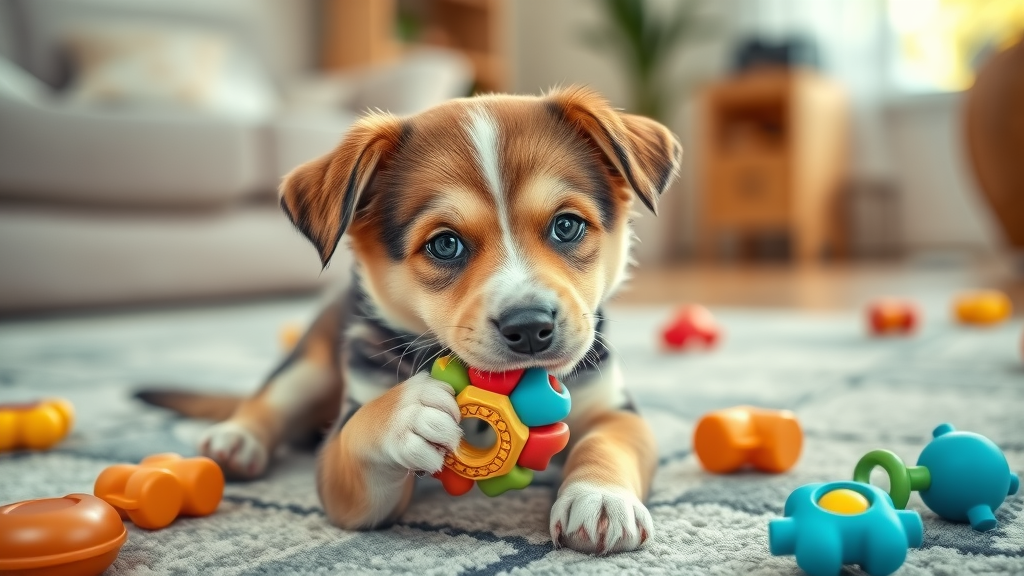
Best Chew Toys and Why Peanut Butter Is a Win for Puppies
Durable chew toys are a lifesaver for busy puppies and pet parents alike. Look for safe, veterinarian-approved options—KONG-style toys, rope chews, and treat-dispensers are popular for a reason. These toys provide hours of mental stimulation and help keep puppy teeth clean by scrubbing away soft plaque as they chew.
Peanut butter (as long as it’s xylitol-free) makes an excellent bonus treat—stuff it into hollow toys as a long-lasting reward. Not only does this practice discourage furniture chewing, but it also transforms treat time into an enriching, teeth-cleaning play session.
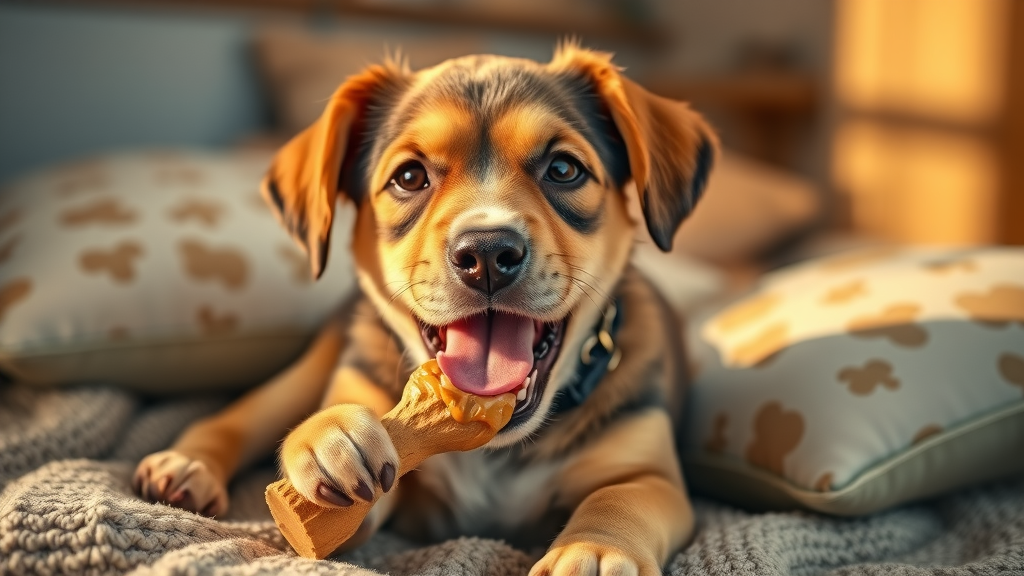
Dental Care and Grooming: Overlooked Puppy Essentials for Lasting Health
Healthy puppy teeth , fresh breath, and a shiny coat are all signs of a well-cared-for pup. Many pet parents overlook these areas, but early investment in quality dental care and grooming tools prevents bigger issues later—like tartar, tooth loss, skin irritations, or matted fur.
Making dental care and grooming part of your puppy’s routine teaches them to trust you during handling and keeps both of you more comfortable during vet visits or nail trims.
Dental Care Basics: Brushing Puppy Teeth & Preventing Future Problems
It may seem early, but starting a dental care routine now pays dividends for years to come. Use a soft puppy toothbrush and dog-safe toothpaste, gently brushing puppy teeth a few times a week. This not only freshens breath but also greatly reduces risk of future dental diseases.
Introduce the toothbrush slowly, letting your puppy sniff and lick it before gently rubbing it along the gumline. Dental chews, dental-specific toys, and regular check-ups with your vet round out your puppy’s oral health essentials.
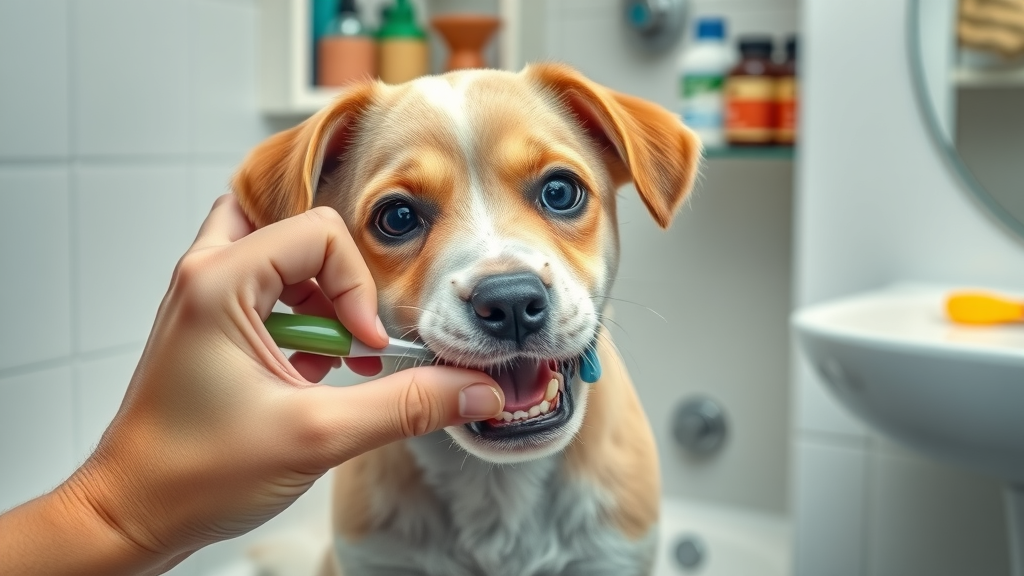
Grooming Tools: Making Grooming Part of Your Puppy Essentials Routine
No puppy essentials kit is complete without a few basic grooming tools. At a minimum, stock a gentle brush suited to your puppy’s coat, nail clippers or a nail grinder for regular trims, and puppy-safe shampoo. Frequent, gentle brushing improves skin health, reduces shedding around your home, and helps your pet get comfortable with being handled.
Some breeds require more specialized dog beds or grooming tools, so always factor in your puppy’s unique needs. Start these habits young and reward with training treats —you’ll save money at the groomer and ensure your puppy always looks and feels their best.
Pet Supplies Must-Haves: Building a Complete Kit of Puppy Essentials
Pulling together a comprehensive puppy essentials kit ensures you never scramble at the last minute or miss a crucial supply. From the first day home through every big puppy milestone, having all the basics within reach builds confidence for both you and your pet.
Review and update your supplies before each new season or developmental stage. Stay organized with a storage bin or cupboard for all your pet supplies —easy access means fewer messes, faster routines, and a smoother puppyhood experience.
Seasonal Puppy Essentials: Adapting Supplies for Weather and Life Stages
Puppy supplies aren’t static! In winter, cozy beds, jackets, and paw wax protect against cold, while summer temperatures require cooling mats, extra water bottles, and flea/tick prevention. Life stages matter too: teething toys phase out as puppy teeth mature, and housetraining supplies give way to adult dog routines.
Re-evaluate your puppy essentials as your dog grows. Anticipate upcoming needs—like larger collars, more robust dog beds , and advanced training gear—so you’re never caught unprepared.
"The habits and supplies you set up in a puppy’s first weeks can shape their lifelong well-being." — Leading Veterinarian
People Also Ask: What essential items do I need for a puppy?
Comprehensive answer: Essential items for a puppy include puppy food, dog bed, play pen, training pads, puppy toys, teething toys, water bottle, ID tags, poop bags, and grooming tools.
These crucial puppy essentials each have a distinct role—from nutrition ( puppy food, water bottle ) and comfort ( dog bed, play pen ) to safety and hygiene ( ID tags, poop bags ) to development and bonding ( puppy toys, teething toys, training pads ). Adding grooming tools ensures every aspect of puppy health is covered right from the start.
People Also Ask: What do I need when I get my puppy?
Detailed answer: Ensure you have a puppy proofed home, puppy essentials like chew toys, a play pen, puppy food, puppy pads, and a comfortable dog bed ready for your puppy’s arrival.
Preparation is key for new pet parents . Puppy-proof each room—remove hazards, secure cords, and stash breakables. Gather puppy supplies in advance, arranging your sleeping area , play pen , and food station before your puppy comes home. This thoughtful setup reduces stress, speeds adjustment, and creates a safer, more welcoming experience for both pet and family.
People Also Ask: What is the puppy 1/2 rule?
Expert answer: The puppy 1/2 rule typically refers to the guideline of walking a puppy only five minutes per month of age, twice a day, as an essential way to protect developing puppy joints.
The puppy 1/2 rule reminds pet parents to avoid over-exercising their growing puppies. For example, a 3-month-old puppy should walk about 15 minutes (3 x 5) twice a day. Respecting this rule helps prevent joint injuries, supports healthy development, and ensures your puppy gets just the right amount of stimulation and rest.
People Also Ask: What is the 3 second rule for puppies?
Clear answer: The 3 second rule for puppies means you should let puppies interact or play for three seconds, then divert attention, ensuring safe, positive socialization—important for early training.
Practicing the 3 second rule teaches puppies polite greetings, builds confidence, and prevents accidental rough play or fear. Offer short supervised encounters with new pets or people, intervening after three seconds to refocus attention. This method encourages gentleness and builds comfort during early socialization—an essential puppy supply of knowledge!
Troubleshooting Mistakes and Best Practices: Avoiding Common Puppy Supply Errors
- Most common mistakes: skipping proper puppy-proofing , using inappropriate puppy food , neglecting puppy teeth care , forgetting ID tags
Even the best-intentioned pet parents can make mistakes with puppy essentials . Double-check your home for hazards, confirm food is age-appropriate, and create dental care habits early. Never delay updating or attaching ID tags —even a brief slip outdoors can put your puppy at risk. Following these best practices means fewer surprises and a healthier, happier pup.
Frequently Asked Questions About Puppy Essentials
Do I need to buy all puppy essentials before bringing my puppy home?
While you can add specialty supplies later, it’s crucial to have all core puppy essentials —food, bed, play pen, basic toys, puppy pads, and identification—ready in advance. Being fully prepared eases the first days for you and your puppy, minimizes accidents or stress, and helps your new pet settle in much more comfortably.
What brands are most trusted for puppy supplies?
Leading brands for puppy supplies include Kong, Nylabone, Midwest (for crates and play pens), Blue Buffalo and Hill’s (for puppy food ), and Earth Rated (for poop bags ). Always choose reputable brands with strong safety records and positive customer reviews, and consult your veterinarian for brand recommendations specific to your puppy’s needs.
How do puppy essentials change as my dog grows?
Puppy essentials evolve as your dog matures. You’ll transition from puppy food to adult formulas, upgrade dog beds and collars for size, and shift training tools—like moving from puppy pads to outdoor routines. Continually evaluate and replace supplies to match your dog’s age, size, and changing habits so you always meet their needs.
Key Takeaways for Choosing Puppy Essentials Wisely
The right puppy essentials nurture healthy habits, ease training, and spark joy in daily life. Invest time in choosing top-quality puppy supplies from trusted brands, update your kit as seasons and stages change, and never underestimate the power of preparation.
Establishing Puppy Essentials: Setting a New Puppy Up for Lifelong Happiness
Start strong—stock up on every key puppy essential , embrace training and bonding routines, and enjoy a confident, joyful partnership with your newest family member. Your investment today lays the foundation for a lifetime of tail wags and happy memories!
To further enhance your understanding of essential items for your new puppy, consider exploring the following resources:
- “New Puppy Checklist: 14 Must-Have Essentials” ( paw.com )
This article provides a comprehensive list of items every new puppy owner should have, including adjustable collars, sturdy leashes, and comfortable dog beds.
- “What Does a Puppy Need?” ( purina.com )
This resource offers detailed insights into the necessities for a new puppy, such as complete and balanced puppy food, appropriate food and water bowls, and essential grooming supplies.
These guides will help ensure you’re well-prepared to meet your puppy’s needs and provide a happy, healthy environment for your new companion.
 Add Row
Add Row  Add
Add 








Write A Comment